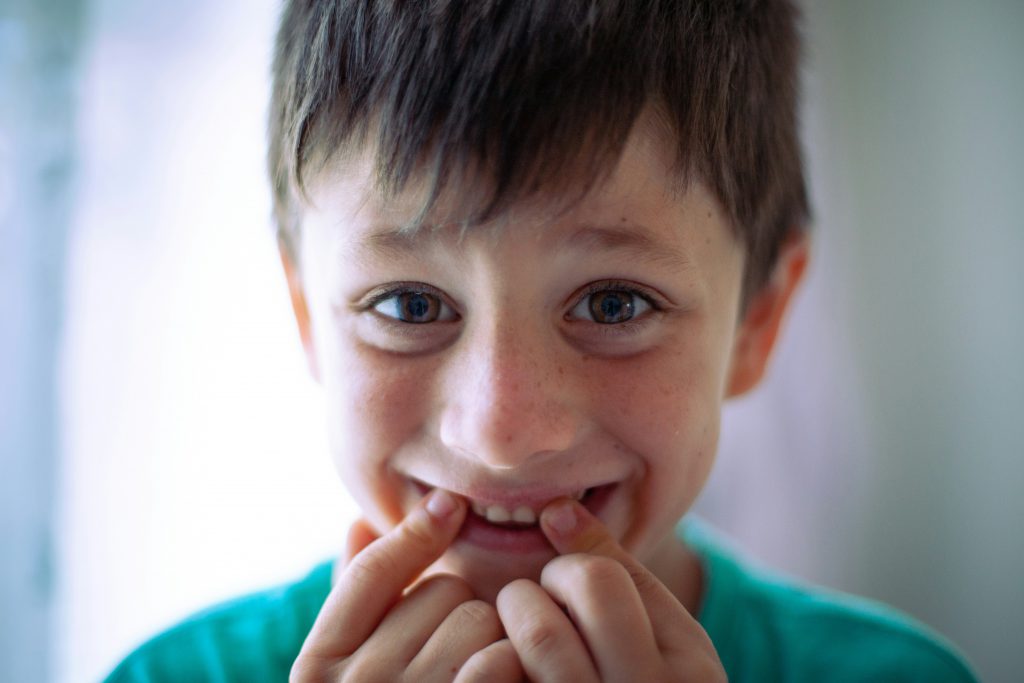Children’s teeth timeline – what to watch out for

Photo by Jessica Hearn on Unsplash
In most cases, the biggest dental change any of us undergo is the transition from baby teeth to adult teeth, where an entire set falls out, replaced by a new set, which are for keeps!
It’s an exciting time for a child, and also for the parents, but it can raise a few questions, and sometimes concerns.
With that in mind, I though it was worth covering off the process of how baby teeth come and go, and what to watch out for.
Baby Teeth Timeline
Children typically get their first baby teeth, around 6 months old, and by 3, most kids have a full set of 20 baby teeth.
It’s around 6 that these teeth start to loosen and fall out, and the last baby teeth usually fall out by 12 or 13.
However, if your child isn’t conforming to this exact timeline, chances are you don’t need to panic – some may lose their first tooth as early as 4, while others might not see their first wobbly tooth until 7.
It’s that 7-year mark you need to keep an eye on – if they get to that age and haven’t lose a single tooth, or if they still have baby teeth present at 13, it’s a good idea to check with a dentist, as sometimes they might have permanent teeth missing or not positioned correctly.
New and Crooked?!
It’s easy to assume that when adult teeth arrive, they’re going to be perfectly aligned, but that’s often not the case, and there could be a variety of reasons why:
- The jaw is still growing: The mouth needs to adjust to the larger size of adult teeth.
- Crowding or spacing issues: Some children have naturally tight spacing, making teeth come in crooked. Others have extra space, which can lead to gaps.
- Baby teeth fell out too early or too late: If baby teeth were lost early due to injury or decay, nearby teeth may shift into the open space, affecting the alignment of new teeth.
Most minor misalignments straighten out as the jaw grows, but if teeth remain severely crooked, a dentist might recommend orthodontic treatment like braces later on.
New and Dark?!
Again, it’s easy to assume that brand new teeth should be bright, brilliant white, but actually, lots of parents notice that their child’s new adult teeth look darker or more yellow than their baby teeth.
This is completely normal!
Baby teeth are naturally whiter because they have thinner enamel, while adult teeth have a thicker, more dense structure, which makes them appear darker. Once all the baby teeth have fallen out, the colour difference will be less noticeable.
If a new tooth looks extremely dark or grey, it could be as a result of injury or decay, and a dental visit is recommended.
The Dentist Test – what to watch out for
Hopefully that’s provided some useful information on what to watch out for. To summarise, it’s always good to schedule a dental checkup if:
- Baby teeth aren’t falling out by age 7-8.
- Adult teeth are coming in far out of place.
- Teeth appear grey, black, or damaged.
- Your child complains of pain or difficulty chewing.
If you have any concerns or questions, we’re here to help – just hit reply or book an appointment by clicking the link below.
Ketan

